
The Philosophical Tree? Art, Visionary art, Shadow art
Carl Jung saw both dreams and art (including paintings and poetry) as expressions of the unconscious. Of dreams he wrote, "The dream is the small hidden door in the deepest most intimate sanctum of the soul, which opens to that primeval cosmic night that was soul long before there was conscious ego and will be soul far beyond what a conscious.
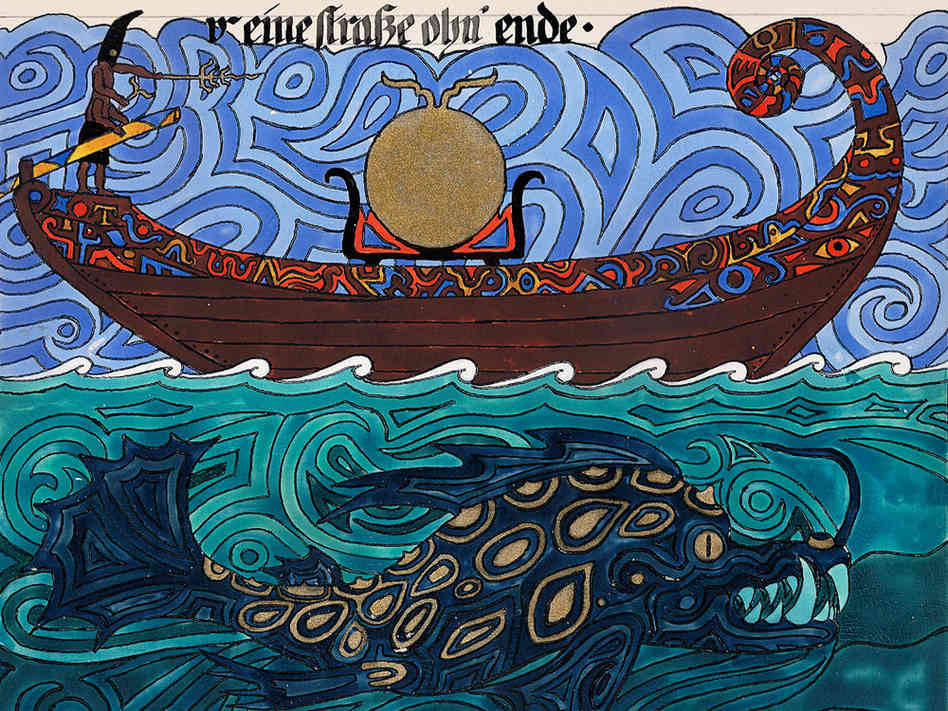
Illustrations from Carl Jung’s The Red Book... Alchemisoul
The Art of C.G. Jung. January 4, 2019. From the publisher: The release of The Red Book generated enormous interest in Jung's visual works and allowed scholars to engage with the legacy of Jung's creativity. The essays collected here present previously unpublished artistic work and address a remarkably broad spectrum of artistic.

Pin by Omar sealtiel on cafe Red books, Carl jung, Art
Jung believed that artistic inspiration came from shadow. The final and probably most important archetype is the self. When the self is developed, one can connect to the conscious and the unconscious. The developed self means that a person has a formed personality. Mask by Jackson Pollock, 1941, via MoMA, New York.
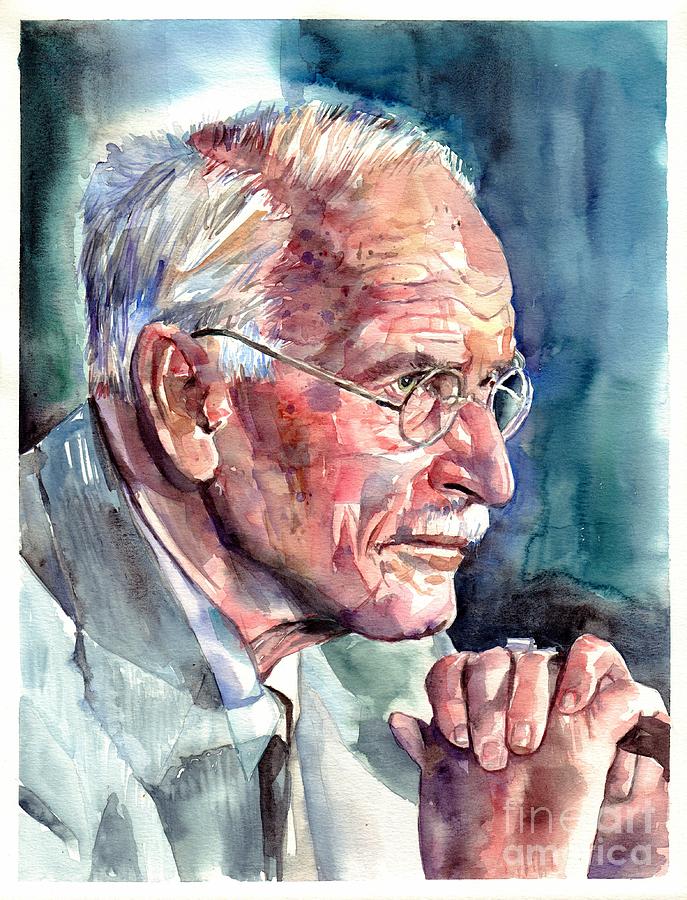
Carl Gustav Jung portrait Painting by Suzann Sines Pixels
Carl Jung (born July 26, 1875, Kesswil, Switzerland—died June 6, 1961, Küsnacht) Swiss psychologist and psychiatrist who founded analytic psychology, in some aspects a response to Sigmund Freud 's psychoanalysis. Jung proposed and developed the concepts of the extraverted and the introverted personality, archetypes, and the collective.

All of the images from The Red Book by Carl Jung Red books, Carl jung, Art
Alas, one can dream. Here's a look at a few of our favourite illustrations accompanied with some lighthearted commentary. 1. Pan with a sunburn. Page 122A, Reprinted from The Red Book by C. G. Jung (c) Foundation of the Works of C. G. Jung. With permission of the publisher, W.W. Norton & Company, Inc. 2.

Jung's Red Book 42 Red books, Art, Carl jung
Tracing the evolution of Jung's visual efforts from early childhood to adult life while illuminating the close relation of Jung's lived experience to his scientific and creative endeavors, The Art of C.G. Jung offers a diverse exhibition of Jung's engagement with visual art as maker, collector, and analyst. 254 illustrations.
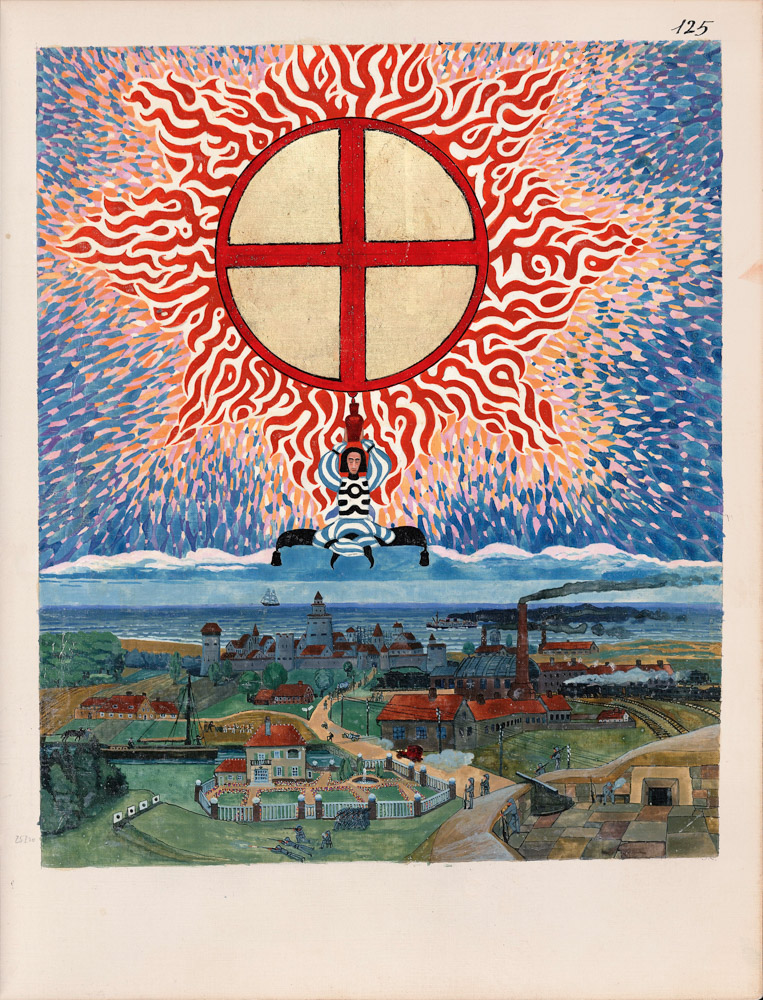
The Art of Carl Gustav Jung
Carl Jung's Liber Novus, better known as The Red Book, has only recently come to light in a complete English translation, published by Norton in a 2009 facsimile edition and a smaller "reader's edition" in 2012. The years since have seen several exhibitions of the book, which "could pass for a Bible rendered by a medieval monk," writes.

art of the beautifulgrotesque Liber Novus The Red Book of Carl Jung
Spiritual art like hers, once considered a taboo among critics too, has been embraced with open arms-and even etched into the history of modern art.. Though the psychologist Carl Jung was among.
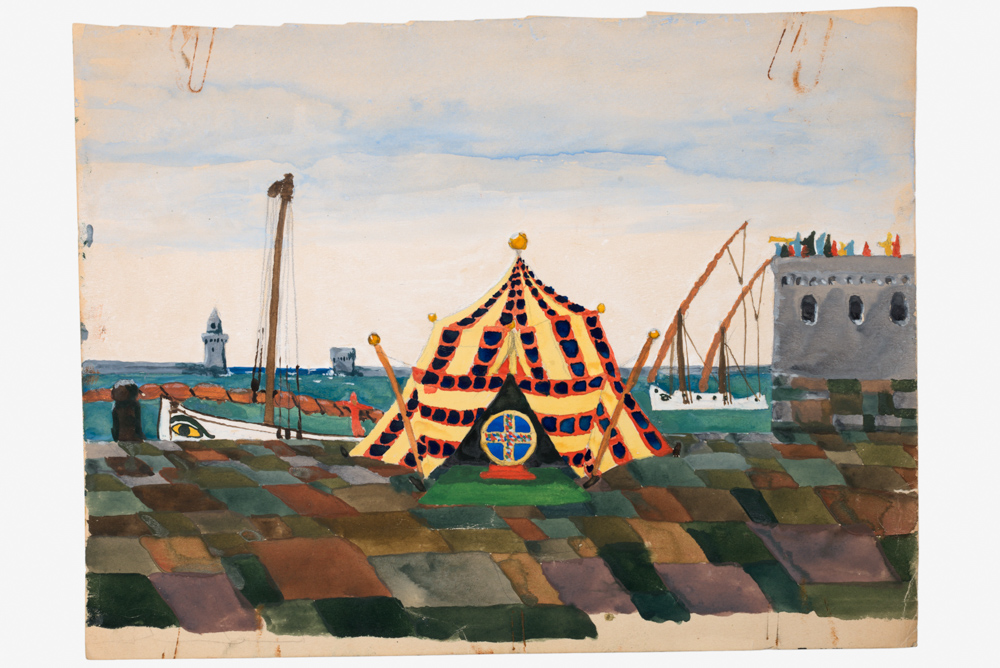
The Art of Carl Gustav Jung The Santa Barbara Independent
Carl Jung And The Art Of Aging Well. Dr. Carl Jung was known for seeing the mystical, metaphorical and cyclical aspects of life and then teaching, writing and using them in practical and relevant ways for a meaningful experience. So it's no accident that as he aged he explored what that meant from those various viewpoints. Published author and.

Cave Paintings, Art Painting, Jung Carl Gustav, C G Jung, Tarot, Dark Spirit, Esoteric Art, Psy
The Illuminated Imagination: The Art of C. G. Jung, organized by the AD&A Museum, the Foundation of the Works of C. G. Jung, Zurich, the Art and Psyche Working Group and Pacifica Graduate Institute, presents the art of Carl Gustav Jung in context for the first time.. C.G. Jung (b. 1875, Kesswil, Switzerland; d. 1961, Küsnacht) is best known for his fundamental contributions to our.

art of the beautifulgrotesque Liber Novus The Red Book of Carl Jung
Carl Jung's personality theory focuses on the interplay between the conscious and unconscious mind, universal archetypes, the process of individuation, and psychological types.. Archetypes have universal meanings across cultures and may show up in dreams, literature, art, or religion. According to Jung (1921): 'the term archetype is not.
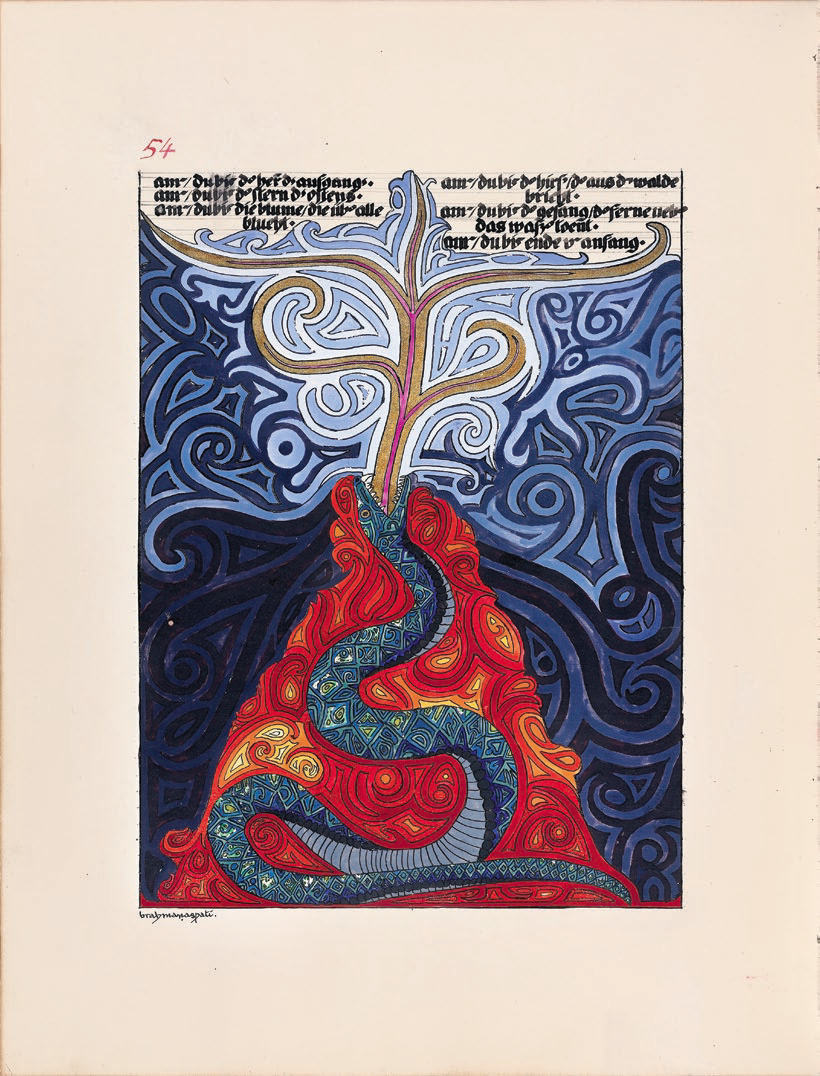
Carl G. Jung The Artist Despite Himself The RED BOOK Prints
Carl Jung put it eloquently: "The creation of something new is not accomplished by the intellect but by the play instinct acting from inner necessity. The creative mind plays with the object it loves.". 1993-95 Art Instructor Palo Alto Preparatory School (Palo Alto, CA) 1992-94 Drawing Instructor, Palo Alto Cultural Center (Palo Alto, CA).

art of the beautifulgrotesque Liber Novus The Red Book of Carl Jung
The artist seizes on this image, and in raising it from deepest unconsciousness he brings it into relation with conscious values, thereby transforming it until it can be accepted by the minds of his contemporaries according to their powers. ~Carl Jung, CW 15, Para 130. The artist is not a person endowed with free will who seeks his own ends.

Image result for carl jung art Modern Artists, New Artists, Fred Tomaselli, Sacred Tree
Jung believed that the autonomous nature of the creative impulse as something that operates outside of consciousness is reflected in the symbolic nature of art. Symbols are expressions of the unknown, intimating something beyond our powers of comprehension. Jung believed these were deeply rooted in history; primordial images from a sphere of.

The Art of Carl Gustav Jung Is Brought Together in a Slightly MindBlowing Exhibition
Carl Gustav Jung (/ j ʊ ŋ / YUUNG; German: [kaʁl ˈjʊŋ]; 26 July 1875 - 6 June 1961) was a Swiss psychiatrist and psychoanalyst who founded analytical psychology.He was a prolific author, illustrator and correspondent. He was a complex and controversial character, probably best known through his "autobiography" Memories, Dreams, Reflections (actually it was dictated to his assistant.

Illustrations from Carl Jung’s The Red Book... Alchemisoul
In fact, it's a page from The Red Book, a secret 1922 work by one of analytical psychology's founding fathers, Carl Jung. Until it was finally published 11 years ago, it had been hidden for.